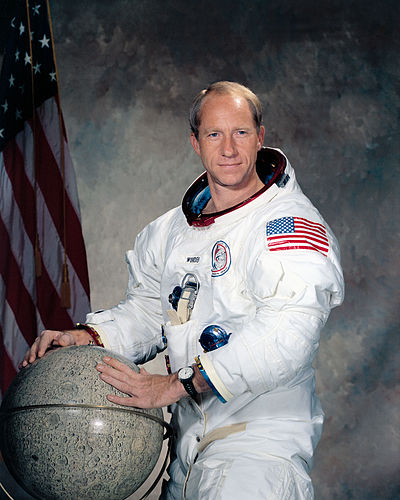 Infinity Science Fiction
Infinity Science Fiction.
Infinity Science Fiction was an American science fiction magazine, edited by Larry T. Shaw and published by Royal Publications. The first issue (cover pictured) was on newsstands in September 1955, with a November cover date. Among the short stories in the first issue was Arthur C. Clarke's "The Star", about a planet destroyed by a supernova seen from Earth as the Star of Bethlehem; it won the 1956 Hugo Award for Best Short Story. Harlan Ellison's "Glowworm" appeared in the second issue. Shaw obtained stories from some of the leading writers of the day, including Brian Aldiss, Isaac Asimov, and Robert Sheckley, but the material was of variable quality. In 1958 the owner of Royal Publications, Irwin Stein, decided to shut down Infinity; the last issue was dated November 1958. The title was revived a decade later by Stein's publishing house, Lancer Books, as a paperback anthology series. Five volumes were published between 1970 and 1973, edited by Robert Hoskins.





 Alfred Worden.
Alfred Worden. Opisthocoelicaudia.
Opisthocoelicaudia. Infinity Science Fiction.
Infinity Science Fiction.